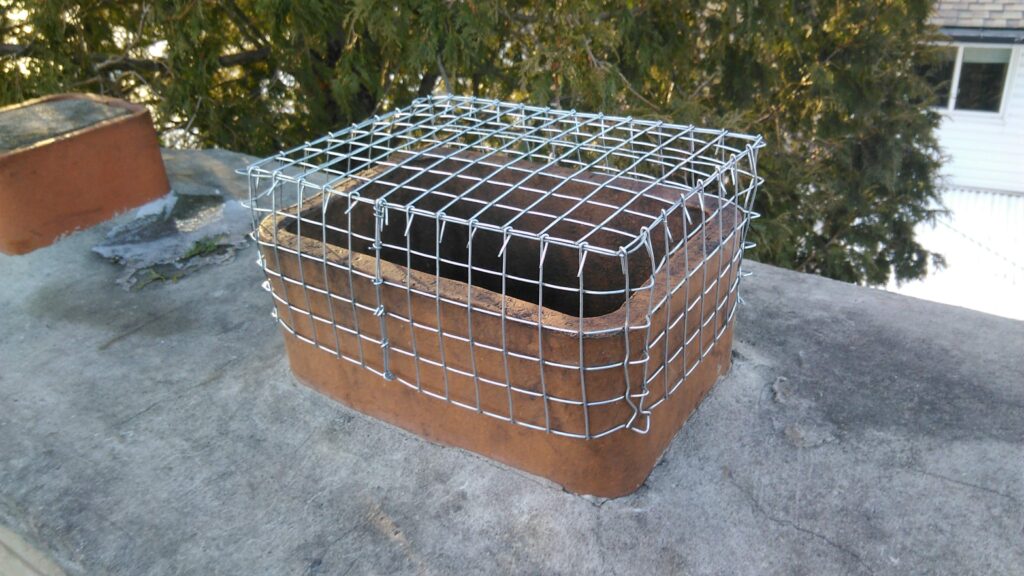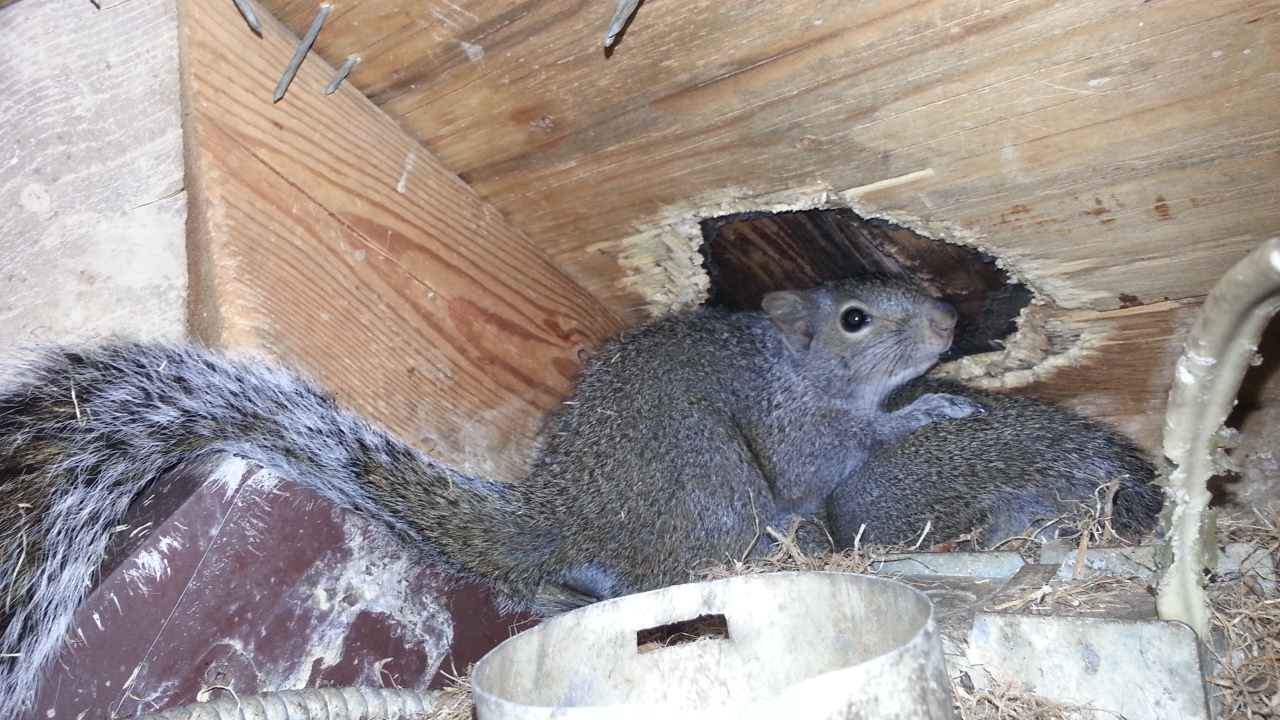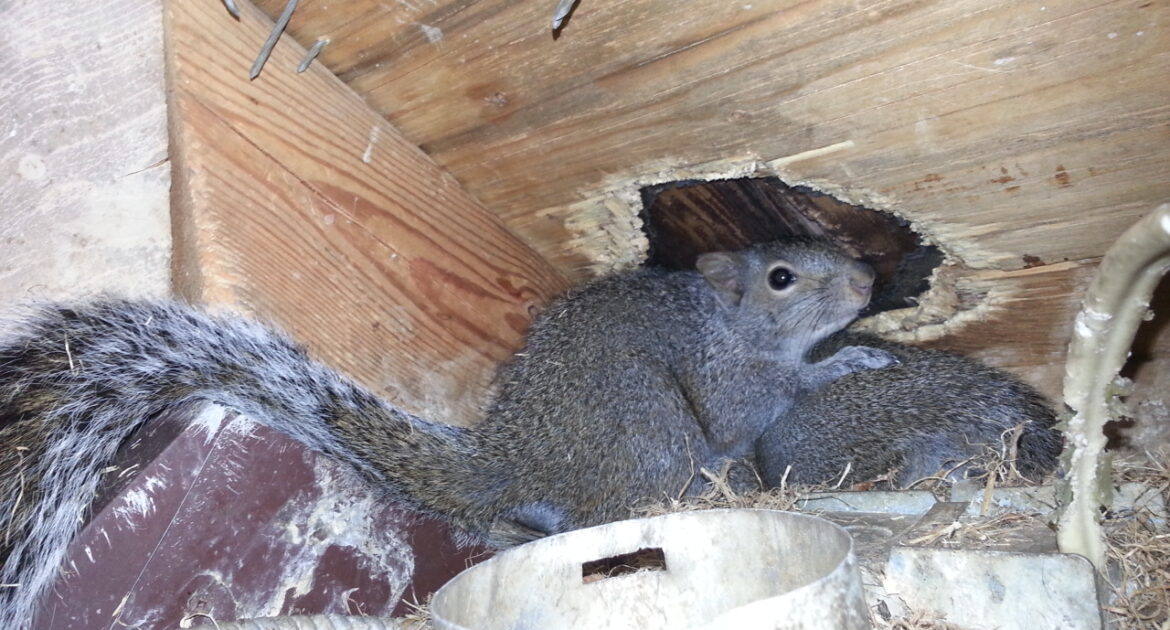Typically squirrels are an innocuous species of wildlife. There are at least 200 species of squirrel worldwide, but in Canada and the United States, there are only five: red, gray, fox, ground, and flying. Any species can cause harm to your property if given free rein. However, there is no need for a lethal remedy, especially when humane squirrel removal resolves vulnerable home entry points while preventing further infestation.
While many people enjoy squirrels because of their energetic antics, it is not wise to feed these animals or other wildlife near your home. Every year, squirrels are responsible for hundreds of thousands of dollars worth of property damage. The best remedy for a potential squirrel infestation is understanding the risks, sealing vulnerable entry points, and ensuring the proper handling and removal of the animals themselves.
Damage Squirrels Cause
While a squirrel feeder is entertaining, keep it at least 20 feet away from your house and other wildlife feeders. If installed too close, a squirrel may search out nesting sites within your home. There are at least three ways a squirrel can damage your property and put you and your family at risk: heat loss, parasites, and chewed items.

Squirrels can fit through a hole the size of a quarter. Most homeowners don’t even realize when they have a hole that small. Unfortunately, a squirrel can find that hole, squeeze through it and continue chewing at it to make it much more substantial. These animals will also seek other vulnerable spaces to create larger holes, leading to tremendous heat loss and utility costs.
Some people may try to tame wild squirrels, allowing the animals to enter their homes. Never allow wildlife into your home, especially rodents. Rodent species can transmit diseases and illnesses and often carry parasites, even when they appear healthy.
Finally, squirrels are natural chewers. If they find their way into your attic or walls, they will chew on structural beams and possibly wires. Excessive chewing can lead to the loss of valuables and electrical fire hazards.
Frequency of Squirrel Infestations
An infestation of squirrels is more common than you may think. With increased deforestation and the removal of other natural landscapes, developers force squirrels and other wildlife species to seek shelter outside of their natural habitat. Unfortunately, suburbs with vulnerable attic spaces often become an attractive option. You can limit your risks by keeping an eye on problem areas. Squirrels and other wildlife want easy and safe. If your home does not present a comfortable sanctuary, they will nest somewhere else. Enjoying wildlife is lovely, but it should never come at the expense of your property or the health of your loved ones.
Vulnerable Home Entry Points
Aside from wall vents and windows, the roof is the most vulnerable structure for squirrel infestations. Soffit intersections, gable vents, plumbing mats, exposed edges, and chimneys all present potential easy access to rodents.

Squirrels will find any small opening and chew it until it is large enough to squeeze through. Sealing off these weak points is crucial for prevention, but it is not advisable if you already have a problem. If you suspect your house has rodents in the attic, walls, or chimney, it is best to remove the animals first. There are several ways to do this, but never attempt removal unless you are a trained wildlife expert. There are significant risks to your health, not just your property.
Our Skedaddle Ottawa team was called to a job a few weeks ago where squirrels had invaded a vacant home. The squirrels were entering through the chimney, and had completely torn apart boxes of food, clothing for nesting materials, and taken over the home as their own sanctuary. Our team humanely removed the squirrels before screening off the chimney, so no more could enter. The damage was extensive, as the squirrels had free reign over the property for an extended period of time.
Removal and Proper Handling of Wildlife
Caution and knowledge are critical to wildlife removal, even for familiar species like squirrels. Any wild animal poses risks to the health and well-being of people. In most cases, professionals will try to resolve an infestation with as little contact as possible, using one-way exit points. If contact is necessary, the removal expert will use various tools and protective clothing, limiting direct exposure. In most instances, professionals can remove squirrels, but sometimes finding the critter inside walls is difficult. Even after the successful removal of wildlife, the removal company you hire will need to clean and sanitize the areas of the infestation, removing insulation, waste and other debris.

While the process can feel overwhelming, the removal team only wants your family to remain safe and healthy. Most infestations, especially with early intervention, lead to quick resolutions: often only a few days. For extensive problems, like the vacant home situation in Ottawa, the restoration of a property can take longer.
Squirrels are fun, furry little critters, but they can also be quite destructive if unintentionally provided access to your property. Having annual roof inspections is an excellent way to avoid infestation concerns, but it is wise to perform these inspections in early spring, after the thaw.
You may also want to limit the feeding of wildlife, or at least make sure any feeders are at least 20 feet away from your house. Wildlife should be enjoyed but at a safe distance. If you are having issues with wildlife, like squirrels or other rodents, then contact Skedaddle Wildlife for help.




